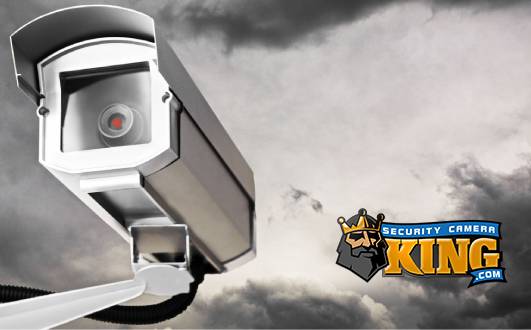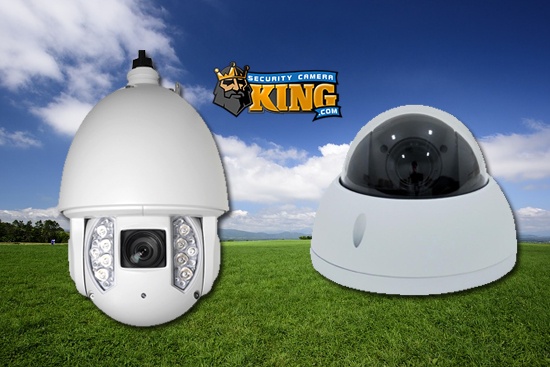False Alert Reduction
False Alert Reduction is the process of using different CCTV tools to eliminate as many false alerts as possible. What is a False Alert?
First, let’s explain what an Alert is. The various detectors and trigger settings can result in several things on the recorder’s end. Most commonly you’ll see systems set to record upon the trigger for the camera channel affected, the system will perform logging of the trigger on the affected camera channel, and, more often than not a notification or email alert to users set up to receive them. These notifications regardless of where they manifest are the alerts we are referring to. So, whenever you are notified about a CCTV trigger event, this is an alert.
False Alert reduction is needed because its impossible to have every single alert accurately and always represent an actual incident that needs one’s undivided attention. Much of the time, alerts are an amazing tool that works great, and just as they should! Alerts and logging are awesome tools to keep track of events on-site, whether or not you yourself are on-site or remote from the location in question. Sometimes, however, there are circumstances on site that can interfere with triggers and detectors in a variety of ways. This can result in False alerts.
The circumstances we’re talking about can include things such as erratic lighting, high-intensity lighting, strobing or specifically angled lighting, moving plants such as trees and bushes, swaying powerlines, can have an effect on the motion settings resulting in the trigger activating at times you would prefer it not to. This causes you to get alerts, when not needed- and this is one kind of alert we would call a false alert.
However on-site issues or even improper behavior aren’t the only possible cause of false alerts. You might also consider a false alert simply a trigger behaving properly, but for an event that your location does not consider problematic, such as a customer walking through the main lobby, cars moving through a parking lot, or even flashing lights on machines. all three of these are normal events that might trigger a detector to go off. Today we’re going to briefly cover a few ways to reduce false alerts so that you are notified, and the system recorded without need as little as possible. Many of these methods have their own setup or info videos as part of this series, and we’ll include any relevant links in the description.
- How Can I reduce False alerts? I – Motion Settings
The first thing you can do to reduce motion false alerts is to Adjust Motion Settings- Trial and error can determine the best settings for Sensitivity, threshold, and anti-dither on your system. You can also change what times of the day, motion detection even operates. Check out our article and video on “how motion detection works” to learn more about these settings. - How Can I reduce False alerts? II – Smart Motion Detection
Speaking of motion detection, have you heard of smart Motion detection -or SMD? This new AI-enhanced motion detection actively reduces false alerts by eliminating any target from the detection range that isn’t identified by the AI chip as a person or vehicle. Check out our SMD video and article for more info. - How Can I reduce False alerts? III – IVS Rules
You can use IVS rules such as tripwire and intrusion box. These rules are far more specific than motion detection in terms of the trigger requirements, new AI-IVS features allow you to eliminate targets that aren’t specifically people or vehicles for even deeper false alert reduction, similar to SMD. - How Can I reduce False alerts? IV Infrared Beams
We now have an amazing new technology to dramatically reduce or even eliminate false alerts. These Infrared Beams With Security Cameras can be used to trigger cameras to record and your recorder to send notifications when the beams are physically broken. Compared to digital tripwires like IVS, these are far more effective.
Thanks for joining us today as we talked a bit about some of the ways to reduce false alerts. We have videos out, or coming soon on each of the technologies mentioned there today, so for more a detailed look- check out the links in the description. If you enjoyed the article, video or found it helpful, don’t forget to toss us a like and hit subscribe for more content. Until next time, stay safe!
Related: Infrared Beams With Security Cameras
Related: Best Active Deterrence Camera Set up
Related: How Does CCTV Motion Detection Work
Related: How to terminate and test Ethernet Cable
Related: What’s the difference between DVR and NVR?
Related: What’s the difference between H264 and H265?
Related: IP PTZ Security Cameras – All There is to Know
Related: Resolution, and why does it matter?
Related: What are active deterrence cameras?
Find Us On: Facebook | Twitter | YouTube












